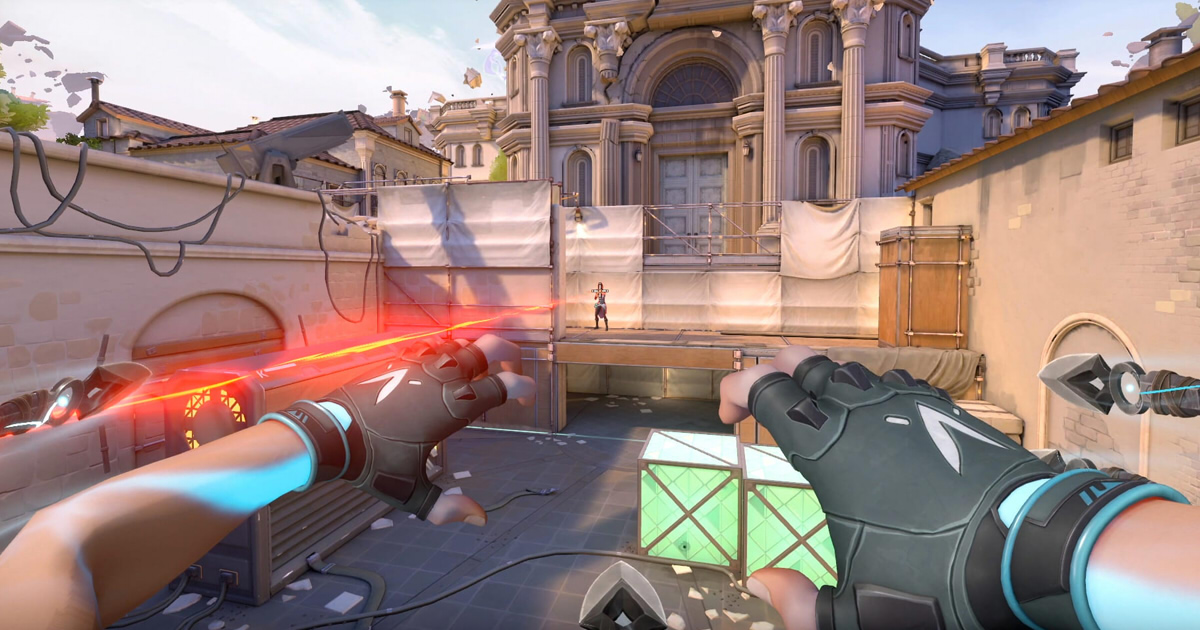5 studios that switched to Unreal Engine for convenience and new features
The transition of CD Projekt RED to Unreal Engine 5 aroused the interest and surprise of the gaming community. We have prepared information about other studios that have also opted for UE.

CD Projekt RED
On March 21, the Polish studio confirmed the development of a new game based on The Witcher.
The news was that CDPR this time uses Unreal Engine 5 instead of its own engine.
For the company, this means a complete change of course. The studio has been creating games on its own solution since the mid-noughties, when it started “The Witcher 2: Assassins of Kings”. The Witcher 3: Wild Hunt and Cyberpunk 2077 were also made on this engine (CD Projekt continue to use it for game updates).
On the other hand, such a step is a kind of return to the roots. The studio developed the first “Witcher” based on a modified version of the Aurora Engine, an engine created by BioWare.
The change of the technical solution in the company is explained by the fact that previously CD Projekt spent a lot of resources and energy on adapting REDengine to each new game.
In addition, the use of UE5 will significantly facilitate personnel work. It is much easier to find specialists with Unreal experience on the gaming market than to train them from scratch to work with REDengine.

BioWare
Over the years, BioWare has developed a rich history of using both its own and third-party engines:
- The studio’s first engine, Infinity Engine, debuted at Baldur’s Gate in 1998. Subsequently, BioWare also created other solutions — Aurora, Odyssey and Eclipse Engine;
- it was on its own tools that BioWare created almost all of its golden classics: the original Baldur’s Gate dilogy, Star Wars: Knights of the Old Republic, Neverwinter Nights and the first two parts of Dragon Age;
- However, the Mass Effect series was created based on a modified version of Unreal Engine 3 along with its own framework focused on sci-fi role-playing games;
- In 2013, Electronic Arts forced the studio to switch to Frostbite. At that time, the publisher was trying to transfer all internal studios to its own engine;
- later it turned out that the engine developed for shooters is completely unsuitable for the RPG genre. Since 2013, BioWare has faced many challenges trying to adapt its games — especially Dragon Age: Inquisition — to work on Frostbite.
Now the studio is developing a new Mass Effect. Although we know very little about the game itself, it is assumed that the developers have switched to Unreal Engine 5.
Last December, BioWare producer Brennon Holmes announced the search for programmers with “experience in UE4/5”. The information was later confirmed by journalists Jeff Grubb and Jason Schreier.

Star Wars Jedi: Fallen OrderRespawn Entertainment
When Vince Zampella and Jason West created Respawn Entertainment in 2010, their choice fell on Valve’s Source engine.
It was used in the development of Titanfall 1-2 and Apex Legends.
However, Star Wars Jedi: Fallen Order was already created using Unreal Engine 4. Despite the fact that EA acquired the studio in 2017, the game was not transferred to Frostbite, as its development began earlier.
The choice of UE4 seemed natural and unambiguous to the developers. “It made sense for the team. The engine suited our goals, and it is much easier to assemble a team with Unreal experience,” Zampella noted.
Respawn continues to use UE in its projects. With its help, for example, the upcoming Apex Legends Mobile is being developed.
The studio is also preparing three new games based on the “Star Wars” universe. It is not yet known on the basis of which technology they will be created. Probably, at least a sequel to Fallen Order will be made on the Unreal Engine.
S.T.A.L.K.E.R. 2: Heart of ChornobylGSC Game World
The games of the S.T.A.L.K.E.R. series were developed on the studio’s own X-Ray Engine.
One of its key features was A-Life, a special technology for creating simulations and behavioral models of NPCs, monsters and game activities.
However, before the development of S.T.A.L.K.E.R. 2: Heart of Chornobyl, the company abandoned its technology in favor of Unreal Engine 4. In August 2021, GSC announced the transition to UE5.
The exact reasons for this decision are unknown. Probably, the X-Ray Engine turned out to be difficult to modify to meet modern requirements, and UE technologies became a way out for developers.
In addition, the previous part of Stalker was released in 2009. Given this pause, it is unlikely to find programmers in the industry with experience with X-Ray.
ValorantRiot Games
Riot created its main hit, League of Legends, based on its own technologies, using different programming languages (C++, Lua, C#, Java and Erlang).
But the studio had experience working with other engines as well. For example, League of Legends: Wild Rift and Legends of Runeterra are collected on Unity.
“With Unity technology, we can bring games in the League of Legends universe to the maximum number of players on the maximum number of platforms,” said former head of corporate and commercial development Brian Cho in 2021. – “First-class tools and optimization of the Unity platform help us achieve this.”
While developing Valorant, Riot switched to Unreal Engine 4. The studio stated that the technology from Epic Games would allow them to focus on optimization and gameplay, rather than designing core systems.
According to the technical head of Valorant, the studio has heavily modified the UE. Combined with the flexible tools of the engine itself, this saved Riot from having to invent fundamental systems from scratch.
The Unreal Engine framework also allowed the studio to lower system requirements in order to reach a wider audience.

